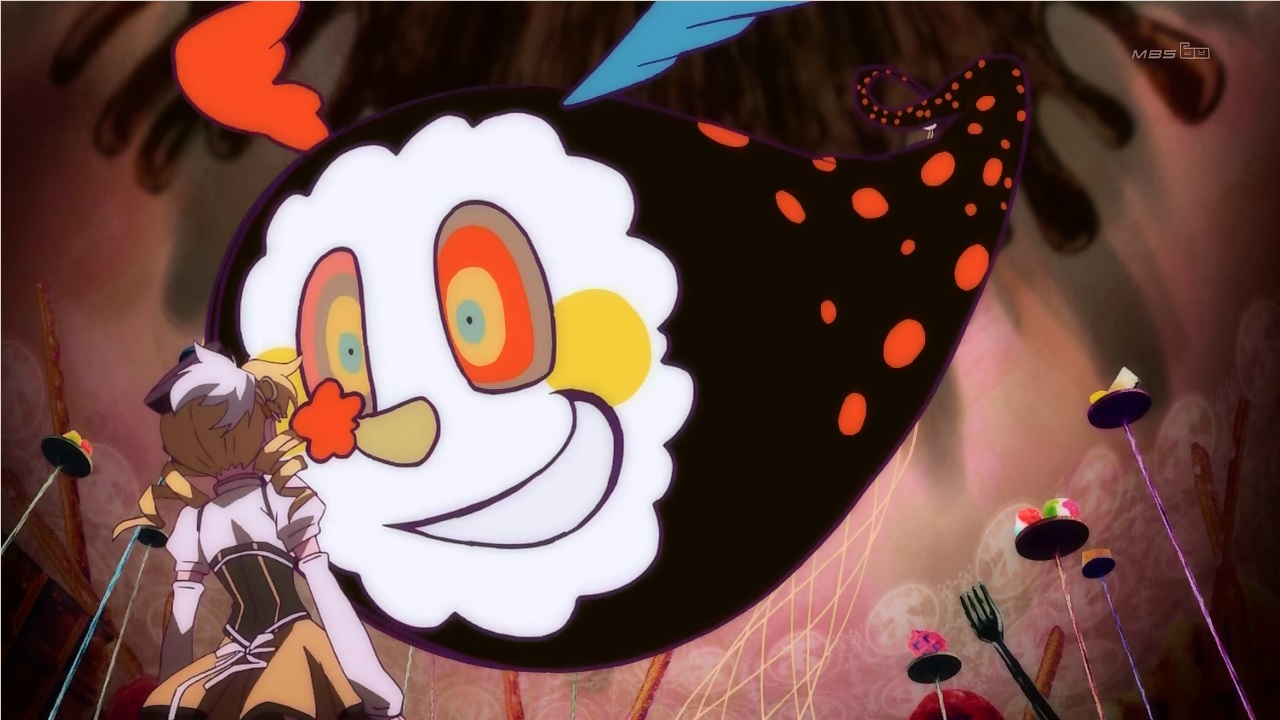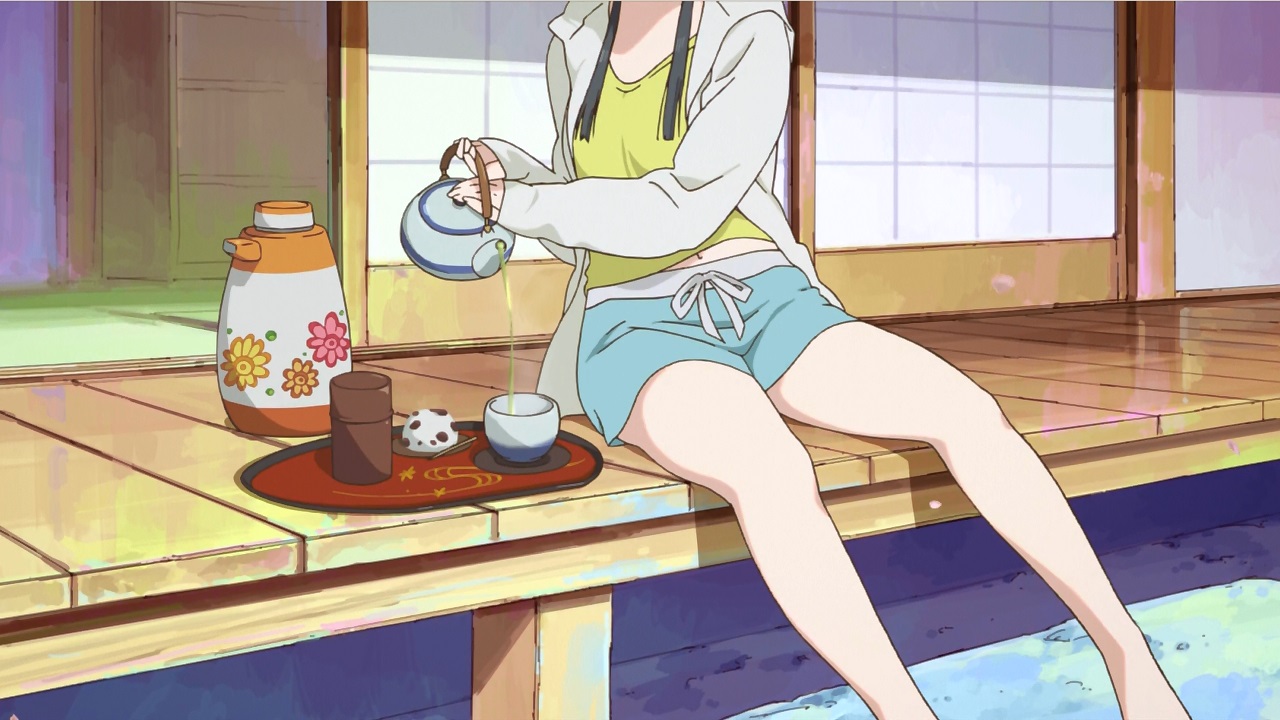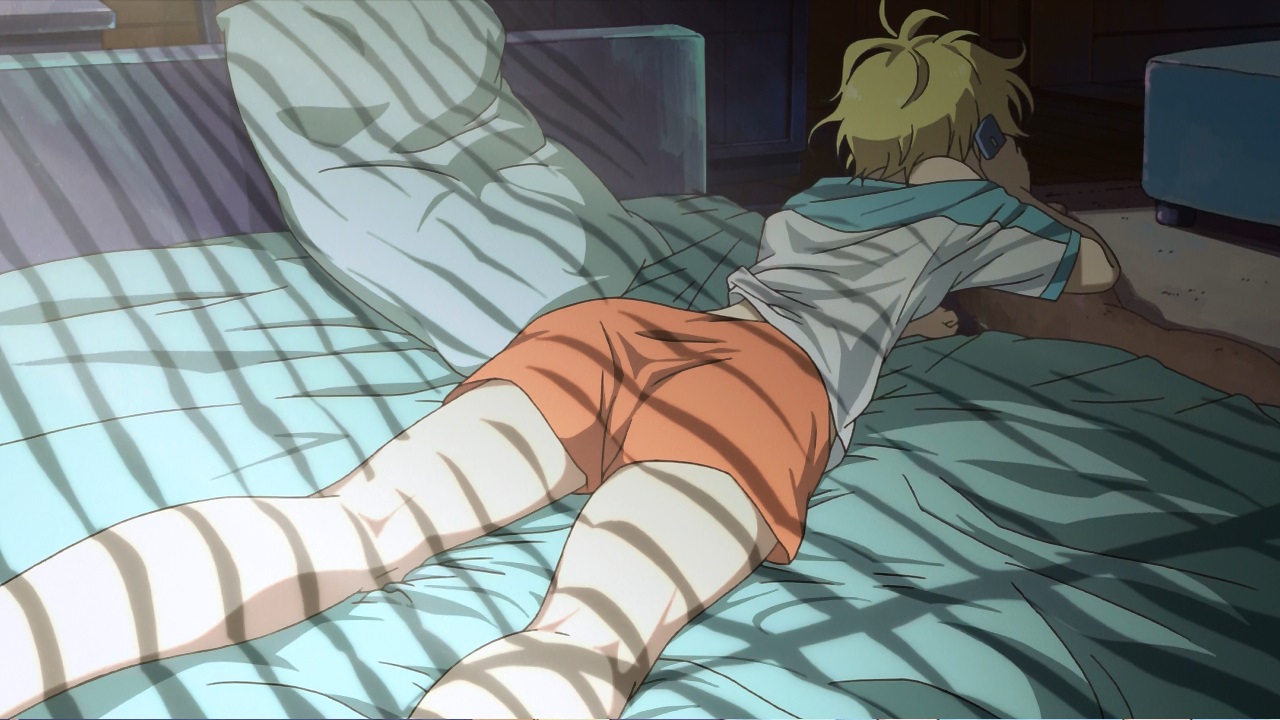2011 is the year of Madoka Magica, the poster child for the idea that you should give a series at least three episodes before deciding to drop it.

In 2011 I wasn’t really watching anime yet, though I had gotten my first media player to hook up to the unwieldy deep screen CRT television I still used at the time. At that point, what I was looking for was stuff I’d watched before, things like Macross and FLCL rather than new series. Yet, like Haruhi, Madoka was a series that broke out of anime fandom and was talked about in the more general nerd circles I was moving in at the time. Almost a decade later, it has lost nothing of its punch, a masterpiece of ‘revisionist’ Magical Girl storytelling. Though honestly? So much of what it does was inspired by ‘traditional’ Mahou Shoujo shows, which always have been much darker than people assume for a genre usually aimed at teen and preteen girls. The original series was tight, punchy, did everything it set out to do in only twelve episodes and really didn’t need anything more. It still got two recap movies and a sequel that completely undermined the original ending though, which was disappointing.
But not as disappointing as the flood of imitators we’ve seen in the nine years since. Just like Watchmen and The Dark Knight Returns unleashed a slew of bd grim ‘n gritty superhero series, Madoka ‘inspired’ a lot of mediocre ‘revisonist’ Mahou Shoujo series. Most of those imitations never understood what made this series, rather focusing on the surface elements of making things dark and grim and having lots of deaths and an unhealthy dose of contempt for actual magical girls. One of the better sort of Madoka-inspired series, Houkago no Pleiades actually made its debut in the same season, as a series of car ads for Subaru, which would years later be used as the base for a proper series…
You know what hasn’t aged well, next to Madoka? Infinite Stratos. That series was still relatively popular when I first dove into anime fandom a few years later, but have you’ve recently heard anybody talk about it? IS was what I call an “only boy in magical school” series, where you have some random dude gaining powers normally only women posses and is shipped off to the magical school for it. In this case it’s the ability to use powered armour, though his real ability was to be dense to the intentions of all the girls surrounding him at school. A classic waifu bait show with nothing to commend it beyond it, it’s probably not surprising it has been largely forgotten.
My priorities in anime are such I watched Fractale and actually enjoyed it, rather than the critically acclaimed Wandering Son, one of the few respectful treatments of trans people in anime. Fractale, directed by the notorious Yamakan, — who has threatened to flounce out of the anime industry more often than he finished series — was supposed to save anime. Instead it became a laughing stock. On its own merits though it was an enjoyable little science fiction series, but nothing special.
One series I haven’t been able to finish from this year is Ano Hi Mita Hana no Namae o Bokutachi wa Mada Shiranai, “We still don’t know the name of the flower we found that day”, which I first discovered only weeks after Sandra had died and at the time it seemed the perfect series to watch. But it was too difficult, too raw and I’ve never been able to get back to it. Perhaps this year.
2011 saw the launch of a new entry in the Fate franchise, one of the best and a great entry point into the whole Nasuverse. Yes, it was the debut of Carnival Phantasm! Oh and also Fate/Zero. The first was a riot, hilarious even fif your knowledge of the Fateverse is somewhat basic, as it was for me when I first watched this. Fate/Zero took itself a bit too seriously to be honest, but it looked stunning. I wouldn’t recommend it as your first entry in the series though: start with the less well animated Studio Deen Fate/Stay Night of a few years before, then this, then the Ufotable Fate/Stay Night: Unlimited Blade Works. In any case, this was a good year for Fate and the real start of the franchise.
Of arguably the best series debuting this year I’ve only watched 55 of its 148 episodes: Hunter X Hunter. Based on a shounen battle manga, the quality of this series is amazing, being kept up for its entire run. Another excellent series debuting this year was the karuta based sports series Chihayafuru, currently in its third season. Then there was P.A. Works’ Hanasaku Iroha, another of their patented stories about a young girl finding new meaning in life in a picturesque part of Japan. In this case our protagonist is kicked out by her mother to stay with her estranged grandmother and is forced to work in the latter’s traditional inn. It’s very good, but I still think mummy dearest got off too light.
The funniest series of the year has to be Nichijou, perhaps KyoAni’s funniest series ever. Seemingly another slice of moe high school girls show, it was brutal in its humour. The clip above, from episode 16, is typical. What I like about it is the absurd levels of slapstick the series had, along more subtle forms of humour.
on the skeevier side, there were two lolicon/pedobait series running this year. Astarotte no Omocha is about a guy kidnapped to fantasyland to become the lover of the way under age succubus princess, while Rou Kyuu Bu! was about a teenage basketball player coaching a team of elementary school girls. Which is innocent in itself but the series does more than hint at their interest in him and goes for unnecessary fan service far too often.
More palatable was Penguin Drum, from one of the creators of Revolutionary Girl Utena and just as good. Just one of the amazing number of excellent series that were released this year. Apart from the ones discussed already there was the original Idolm@ster series: based on a video game, it would be the leading aimed at adults idol seris next to Love Live. It had had a previous adaptation, from Sunrise, recreated as a mecha series….
Then there’s Usagi Drop, a touching story of a thirtysomething adopting the young daughter of his recently deceased grandfather, in the process learning to be a parent. It’s a great anime based on a good manga that unfortunately went bad halfway through as it insisted on romancing the two, luckily left out of the adaptation.
2011 also saw the not so good, but very entertaining Mirai Nikki, about a death tournament, which remains famous mainly for its very yandere main girl. Over the top, hysterical and far too convinced of its own cleverness, this is one for the so bad it’s good again column. Kyousougiga on the other hand was just good, but it would be a few more years before the actual series came out. Tiger & bunny was an actual superhero series which became a cult hit in the boyslove crowd, the main characters proving very shippable. Ikoku Meiro no Croisée a slice of moe series set in fin de siecle Paris and worth watching just for the setting, though it is very good anyway, as is the second Tamayura series: Tamayura: Hitotose. Also worth mentioning: the K-On movie comes out this year.
Statistics: I’ve got 138 series/OVAs listed for this year, having seen 79, an improvement on 2010. It’s hard what to say about the year as a whole. There’s plenty of dreck among the gems, but no clear direction in which anime as a whole is heading. There are an increasing number of slice of moe series, including the first series of Yuru Yuri. There are also a number of more old fashioned harem series like Mayo Chiki!. Boku wa Tomodachi ga Sukunai was a bit of a mixture, a harem series, but with slice of moe/school club series elements. In general, this is a better year for anime than 2010 was.
This is day three of Twelve Days of Anime 2019. Tomorrow: 2012, the year the world was supposed to end.

